When we think of dinosaurs, we often imagine them as extinct creatures from a distant past. However, their legacy lives on in many of today’s reptiles. These modern animals share more than just a family resemblance with their ancient ancestors; they carry genetic links that stretch back millions of years. From the mighty crocodile to the humble tuatara, these living relics offer us a glimpse into a prehistoric world. Even with a solid understanding of evolutionary science, I’ll never fail to be fascinated by learning about the links between modern creatures and their ancient forbears.
Komodo Dragon
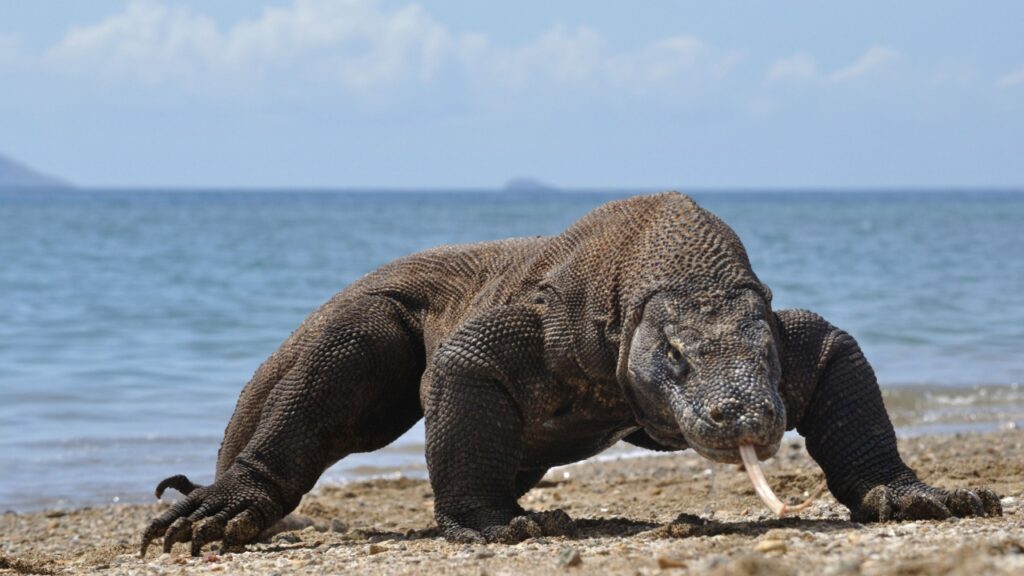
The Komodo dragon, the largest living lizard, shares a common ancestor with mosasaurs, massive marine reptiles that lived alongside dinosaurs. These fearsome predators can grow up to 3 metres long and weigh over 150 kilograms. Komodo dragons have a powerful bite and venomous saliva, making them apex predators on the Indonesian islands they call home. Their ability to take down large prey and their ancient lineage make them true living dinosaurs.
Tuatara

The tuatara is often called a ‘living fossil’ due to its unchanged appearance over millions of years. This New Zealand native is the only surviving member of the order Rhynchocephalia, which flourished during the age of dinosaurs. Tuataras have a unique third eye on the top of their head, believed to help with circadian rhythms. Their slow growth rate and long lifespan (up to 100 years) reflect their ancient origins.
American Alligator
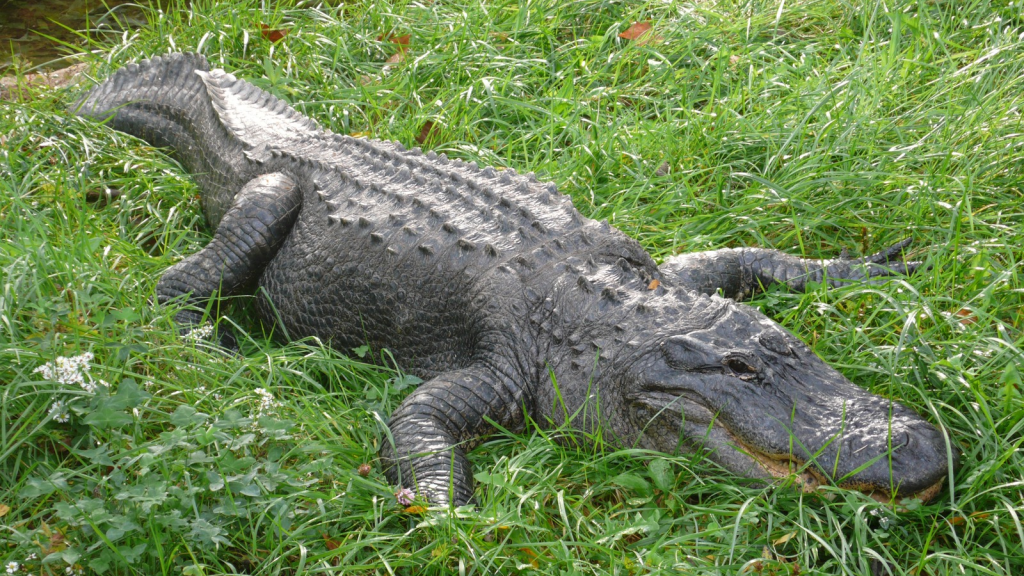
American alligators are close relatives of dinosaurs, sharing a common ancestor with birds and crocodiles. These formidable predators have existed for about 150 million years, surviving the extinction event that wiped out the dinosaurs. Alligators have powerful jaws, armoured skin, and a keen sense of smell, all traits that have helped them survive for eons. Their ability to adapt to changing environments has ensured their continued existence in modern times.
Saltwater Crocodile
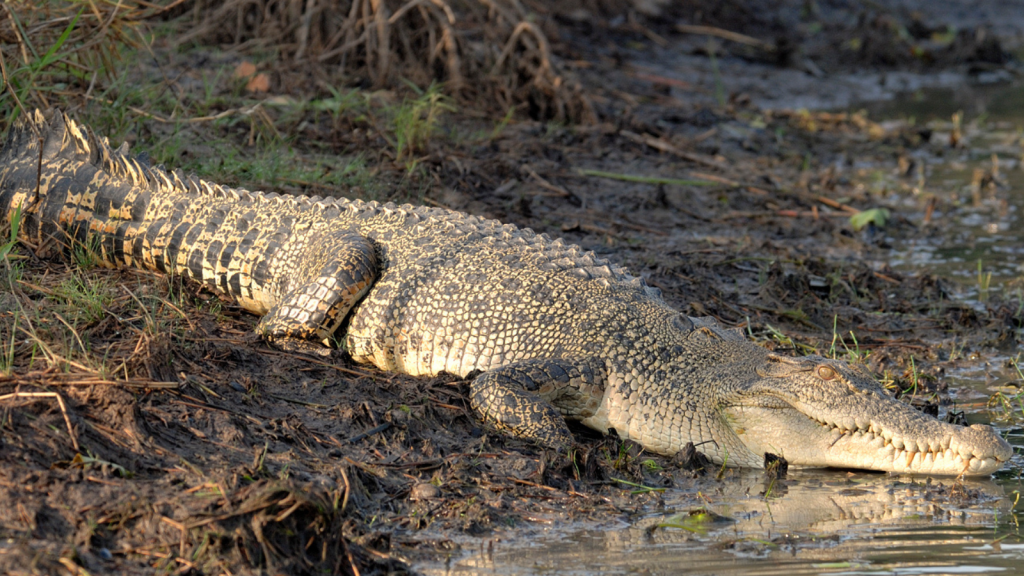
The saltwater crocodile, Earth’s largest living reptile, is a direct descendant of ancient crocodylomorphs that lived alongside dinosaurs. These massive predators can grow over 6 metres long and weigh more than a tonne. Saltwater crocodiles have remained largely unchanged for millions of years, retaining many features of their prehistoric ancestors. Their powerful jaws, armoured skin, and semi-aquatic lifestyle are all remnants of their ancient lineage.
Green Sea Turtle

Sea turtles have a lineage stretching back over 110 million years, making them contemporaries of many dinosaurs. The green sea turtle, with its streamlined shell and flipper-like limbs, showcases adaptations that have stood the test of time. These gentle giants can weigh up to 190 kilograms and live for several decades. Their ability to navigate vast ocean distances using Earth’s magnetic field is a testament to their ancient wisdom.
Galapagos Giant Tortoise
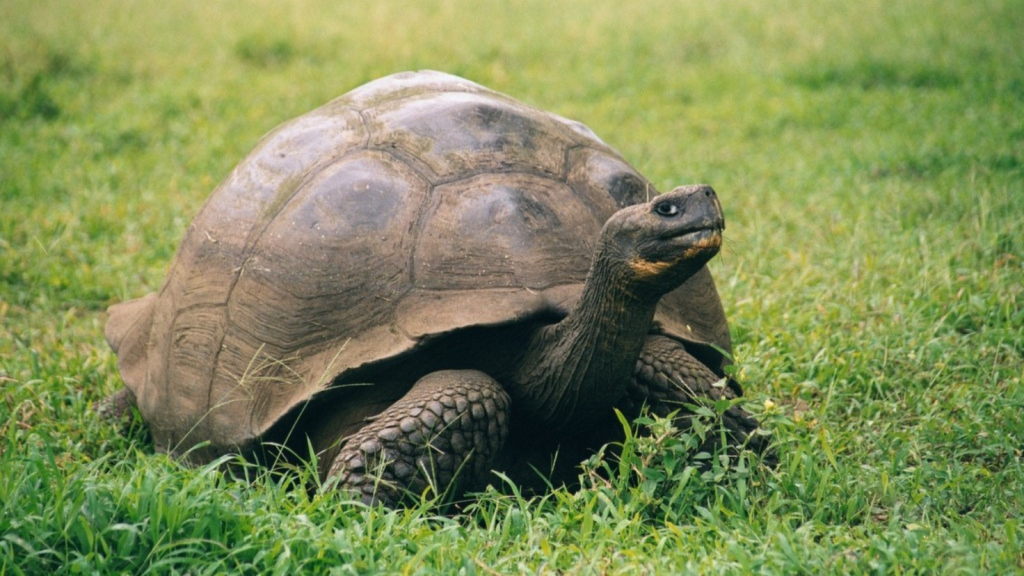
The Galapagos giant tortoise is a living link to the ancient world of dinosaurs. These massive reptiles can weigh up to 417 kilograms and live for over a century. Their slow metabolism and ability to survive long periods without food or water are adaptations that have served them well for millions of years. The unique shell shape of different subspecies showcases the power of evolution over long periods.
Marine Iguana

Marine iguanas, found only in the Galapagos Islands, are the world’s only sea-going lizards. These unique creatures share a common ancestor with land-dwelling iguanas that lived during the time of dinosaurs. Marine iguanas have adapted to feed on underwater algae, diving up to 30 metres deep. Their ability to shrink in size during food shortages and expel excess salt through their nostrils demonstrates remarkable evolutionary adaptations.
Black Caiman
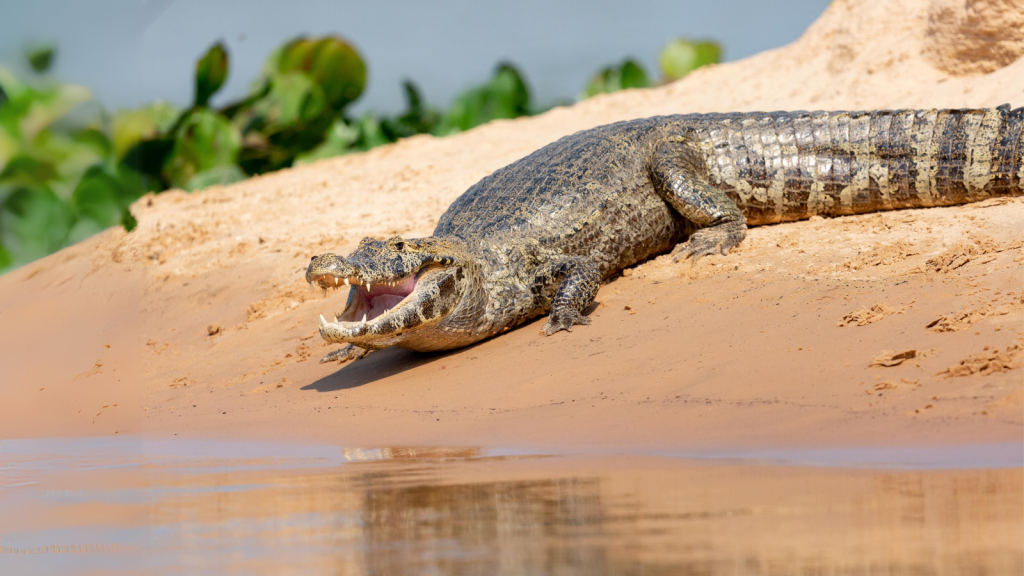
The black caiman, a large predator native to South America, is a living fossil with roots stretching back to the age of dinosaurs. These massive reptiles can grow up to 5 metres long and are apex predators in their ecosystem. Black caimans have retained many primitive features, including their armoured skin and powerful jaws. Their nocturnal hunting habits and ability to take down large prey echo the behaviours of their ancient ancestors.
Gharial
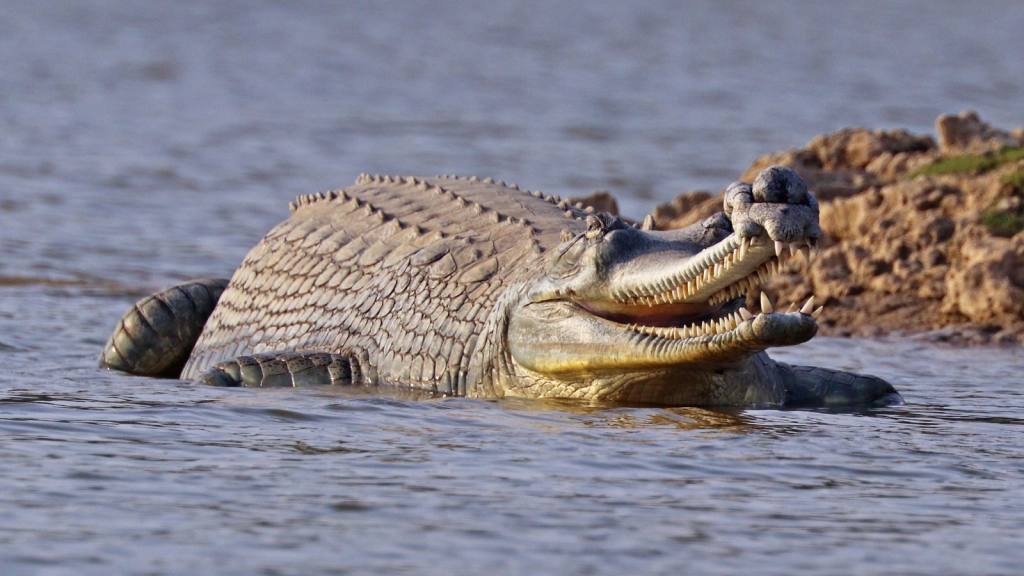
The gharial, with its distinctive long, narrow snout, is a living relic from the Cretaceous period. These unique crocodilians are specially adapted for catching fish, using their needle-like teeth to grip slippery prey. Gharials can grow up to 6 metres long but are critically endangered due to habitat loss. Their unusual appearance and specialised diet make them a fascinating link to the diverse crocodylomorphs of the dinosaur era.
Leatherback Sea Turtle
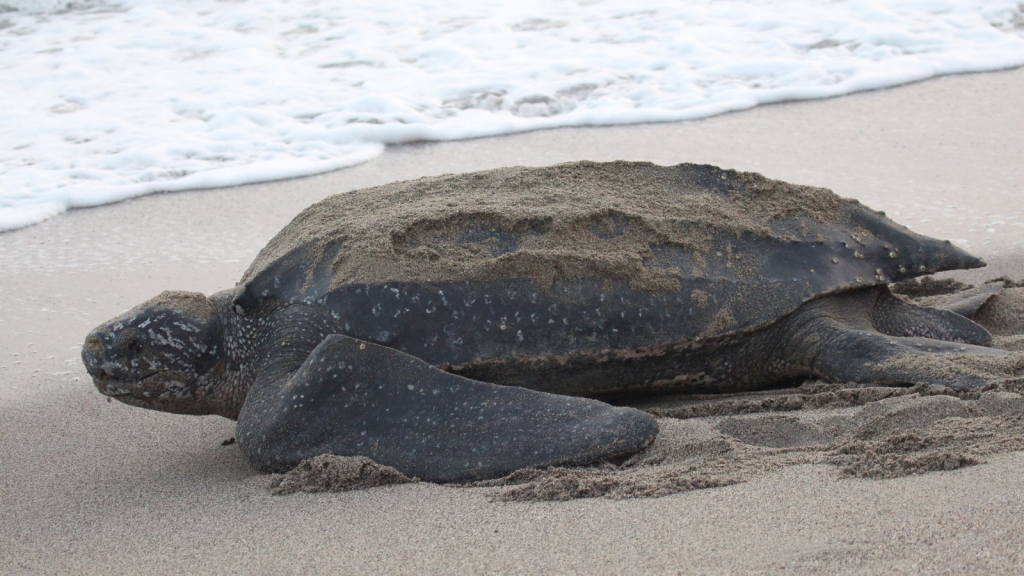
Leatherback sea turtles are the largest of all living turtles and have a lineage dating back over 100 million years. Unlike other sea turtles, leatherbacks have a flexible, leathery shell that allows them to dive to extreme depths. These ocean giants can weigh up to 700 kilograms and migrate vast distances across the world’s oceans. Their ability to maintain a warm body temperature in cold water is a unique adaptation among reptiles.
Frilled Lizard

The frilled lizard, native to Australia and New Guinea, shares features with its dinosaur ancestors. When threatened, these lizards erect a large frill around their neck, resembling the frilled dinosaur Dilophosaurus. Frilled lizards can run on their hind legs, a behaviour that echoes bipedal dinosaurs. Their dramatic display and unique locomotion make them a living reminder of the diverse reptiles that once roamed the Earth.
Spectacled Caiman

Spectacled caimans, named for the bony ridge between their eyes, are modern-day relatives of ancient crocodylomorphs. These adaptable predators can be found in a variety of habitats across Central and South America. Spectacled caimans have excellent night vision and can move quickly both in water and on land. Their ability to thrive in diverse environments showcases the adaptability that has allowed crocodilians to survive for millions of years.
Green Iguana

Green iguanas, with their impressive spines and dewlaps, bear a striking resemblance to some herbivorous dinosaurs. These large lizards can grow up to 2 metres long and are excellent swimmers and climbers. Green iguanas have a third eye on the top of their head, similar to the tuatara, which helps them detect aerial predators. Their herbivorous diet and arboreal lifestyle offer insights into how some dinosaurs may have lived.
Nile Monitor
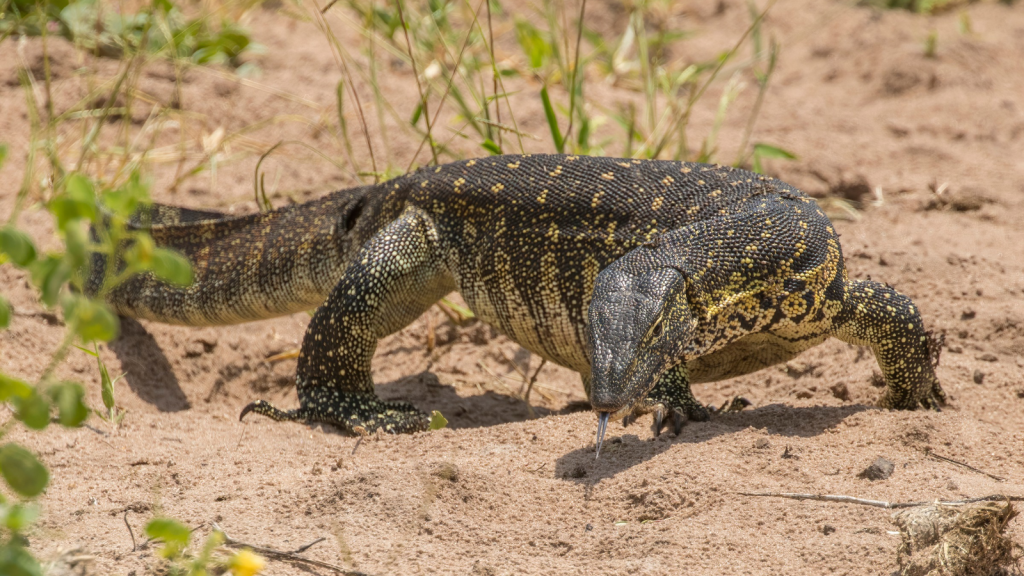
Nile monitors, large predatory lizards from Africa, share a common ancestor with mosasaurs and other extinct marine reptiles. These powerful swimmers can grow up to 2 metres long and are known for their intelligence. Nile monitors have long, forked tongues that they use to smell their environment, similar to the way some dinosaurs may have sensed their surroundings. Their varied diet and adaptability have helped them thrive in diverse habitats.
Chinese Alligator
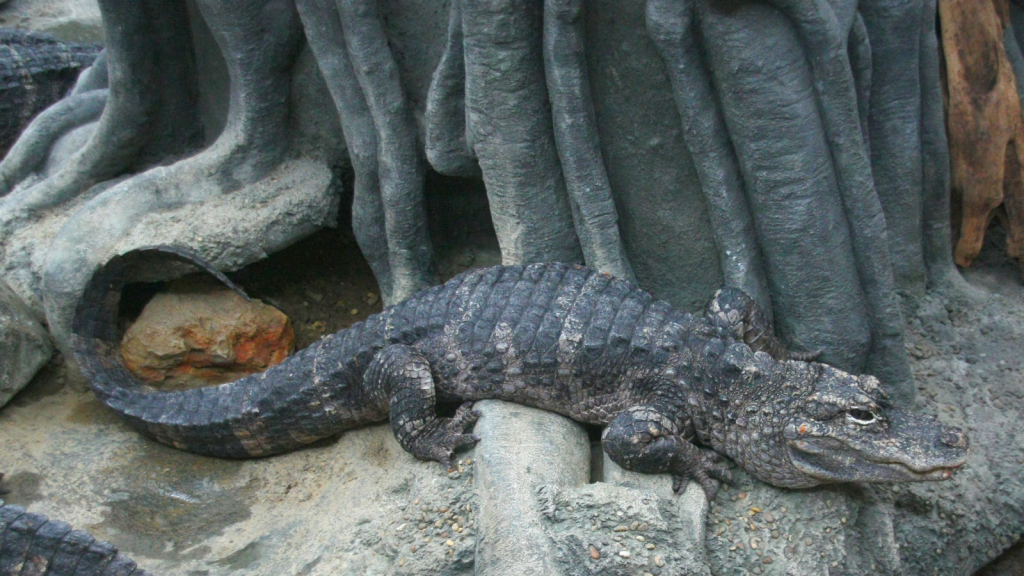
The Chinese alligator, also known as the Yangtze alligator, is a living fossil that has changed little since the time of dinosaurs. These small alligators are critically endangered, with only a few hundred left in the wild. Chinese alligators have unique osteoderm-covered eyelids, a feature not seen in their American cousins. Their ability to dig extensive burrow systems for hibernation has helped them survive in changing environments for millions of years.



